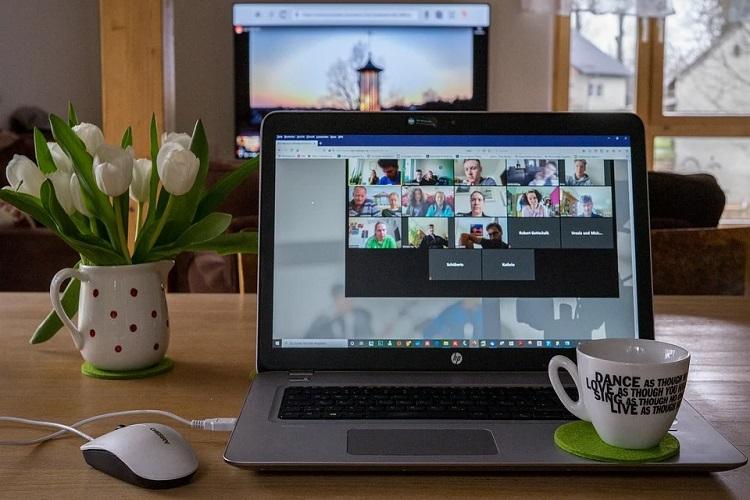
With the rapid adoption of enterprise-grade digital meeting and workstream collaboration solutions in response to the coronavirus pandemic, Gartner has identified three steps for IT leaders to improve current operations. Business leaders looking to support a newly remote workforce are relying on collaboration tools to ensure productivity and mitigate business disruptions.
“The rise in virtual meetings since the COVID-19 pandemic began is putting pressure on enterprise leaders to ensure employees have the right technological capabilities to maintain consistent, high-quality connections with colleagues, customers and partners while working remotely,” said Mike Fasciani, senior research director at Gartner.
As employees become more dependent on these virtual meeting and collaboration tools, IT leaders should follow these three steps to provide an improved and secure user experience.
Enable reliable and consistent virtual meeting experiences
Most enterprise leaders whose employees have been instructed to work from home due to COVID-19 have already procured and deployed an enterprise-grade video meeting and workstream collaboration solution. Once these solutions are deployed, sufficient bandwidth and network reliability are critical for enabling productivity and a consistent user experience. High-quality group video calls need an internet service that can deliver download and upload speeds of at least 1.5 Mbps.
While many locations today have enough broadband internet bandwidth to accommodate video meetings, some do not. Employees who reside in these internet dead spots, which can include highly rural areas, can leverage workstream collaboration messaging capabilities to work with colleagues asynchronously or join meetings using the dial-in audio options to their telephony device. Remote workers can also use 4G-enabled smartphones, rather than PCs, to connect to online meetings.
“Many video meetings and workstream collaboration applications were built with a ‘mobile first’ design intent,” said Fasciani. “Often, these applications work as well on mobile as on a desktop or web-client.”
Make the meeting secure
Security concerns are paramount for business leaders looking to enable productive online meetings. “End user organizations can contribute to more secure meeting experiences by being thoughtful around IT administrator settings, meeting host controls and end user behavior,” said Fasciani. “Simple steps, like using a separate host passcode, randomizing meeting IDs and requiring that participants register for the meeting service before joining the call, can go a long way in ensuring online meetings remain private.”
Reshape meeting culture to promote productivity
“Meeting overload, which is already an issue in many organizations, may be exacerbated in this current work from home environment,” said Fasciani. “Managers should poll their team to determine the degree of meeting overload that they’re experiencing, and then experiment with one or two interventions focused on type, quality, formality or cadence to improve meeting experiences.”

 In
In
Comments
Zithromax 200 Mg https:/
Zithromax 200 Mg https://abuycialisb.com/ - Cialis Priligy Janssen <a href=https://abuycialisb.com/#>Cialis</a> Finasteride Avidart Propecia
Buy Doxycycline Canada
Buy Doxycycline Canada MurnErubsJub https://bbuycialisss.com/# - Buy Cialis Tastubsest Cephalexin 500mg Doasage ScevaKam <a href=https://bbuycialisss.com/#>Cialis</a> GofGlofoda levitra purchase usa
Add new comment